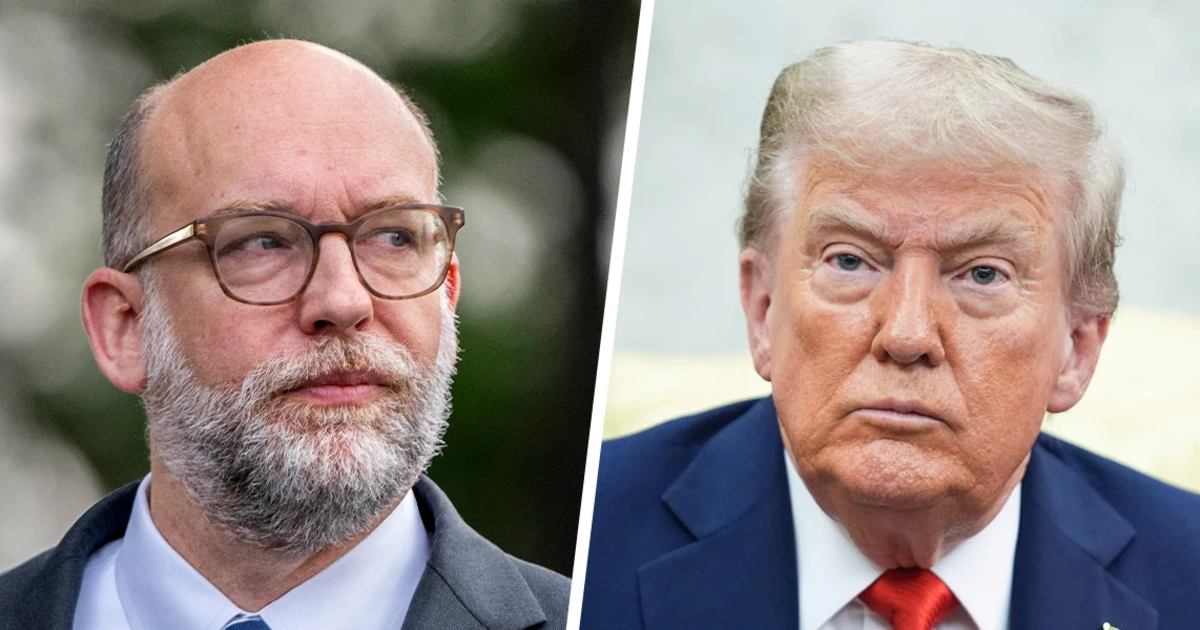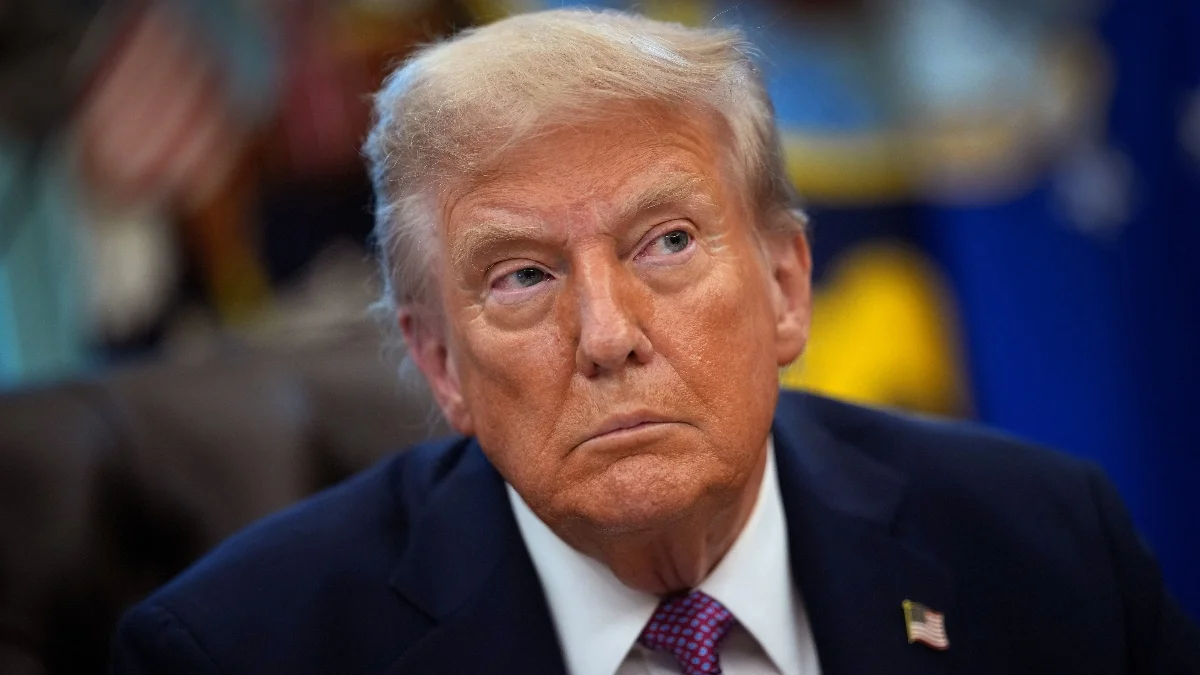
As the deadline nears to avert a government shutdown, President Donald Trump and the Office of Management and Budget have threatened mass firings of federal workers. Such a move would be an extreme departure from past shutdowns, during which federal government employees are usually furloughed. But it is entirely in keeping with the first eight months of this administration, during which the president and those under him have slashed the federal workforce, dismantled institutions, disrupted critical programs and services, and in the process endangered the nation’s public health, economic well-being and national security.
In an effort to shine light on the damage taking place, my organization, the Partnership for Public Service, created the Federal Harms Tracker, a data and story-telling project that documents the cuts to federal personnel. As of late September, we found the federal workforce had lost 201,386 employees through firings, forced relocations and a deferred resignation program. The administration has said it expects that number to be about 300,000 by the end of the year, or 1 in 8 federal workers. The result is a cascade of significant and unnecessary damage across our country.
The data shows the biggest cutbacks have occurred at the departments of Defense (55,582), Treasury (30,267), Agriculture (21,564), Health and Human Services (13,448), Veterans Affairs (12,702), Interior (9,700) and Energy (4,972).
Significant staffing reductions have robbed the government of decades of knowledge and expertise on disease prevention.
The haphazard workforce reductions have targeted the people who keep our government running and provide essential services that we all rely on every day. Of the roughly 2.3 million employees who make up the civilian workforce, more than 80% work outside the Washington, D.C., area, in every U.S. state and territory, and around the world. Close to a third are veterans. And despite large population growth in recent decades, the absolute size of the federal workforce is about the same as it was in the 1960s.
On the public health front, significant staffing reductions of scientists, researchers, doctors and senior leaders at the Centers for Disease Control and Prevention, the Food and Drug Administration and the National Institutes of Health have robbed the government of decades of knowledge and expertise on disease prevention. The cutbacks at the CDC, for example, have weakened its ability to respond to health emergencies like the recent measles outbreak in Texas and prepare for another pandemic.
Last month, Health and Human Services Secretary Robert F. Kennedy Jr. fired Susan Monarez, the newly confirmed CDC director after she objected to vaccine policy changes that she said contradicted scientific evidence. Four career agency leaders responsible for dealing with infectious disease outbreaks, planning for future pandemics and for finding ways to reduce common causes of injuries and deaths resigned in protest.
At the FDA, the staff reductions have affected the agency’s ability to inspect and set safety standards for medications, medical devices, tobacco and foods, putting the public at greater risk. At the NIH, research involving cancer, Alzheimer’s, HIV and other diseases has been cut off, undermining potential new medical breakthroughs and reducing the number of patients in potentially lifesaving clinicals trials. The administration also has scrapped National Science Foundation funding, threatening U.S. global leadership in science and engineering.
In terms of economic fallout, the administration has effectively shuttered the Consumer Financial Protection Bureau, which is responsible for monitoring consumer practices of the nation’s banks and financial services companies when it comes to checking accounts, credit cards, and auto and mortgage loans. Rather than protect the public, the few remaining staff members are now busy dropping pending cases and undoing regulations meant to protect consumers.
All these steps would weaken the U.S. on the world stage and threatening our country’s national security.
At the IRS, part of the Treasury Department, more than 30,000 employees were laid off or took buyouts, with the National Taxpayer Advocate warning that staffing cuts amounting to about a quarter of the workforce could put next year’s filing season in jeopardy, imperil the agency’s technology modernization plans, result in longer taxpayer wait times for help and delay refunds. The IRS has since realized it went too far and offered jobs back to some employees.
Hundreds of employees also have been shown the door at the Federal Deposit Insurance Corp., with the FDIC’s inspector general warning that the staffing cuts could hinder crucial safety and soundness examinations of the thousands of banks and put the economy at risk.
When it comes to national security, the administration disbanded an FBI task force focused on investigating foreign influence operations within the U.S., while cutbacks were carried out at U.S. Cybersecurity and Infrastructure Security Agency that oversees the nation’s critical infrastructure.
The administration has gutted the U.S. Agency for International Development and its foreign assistance programs, shrunk the National Security Council designed to coordinate foreign policymaking and imposed substantial layoffs at the State Department. In addition, numerous intelligence analysts have been fired, including some who have provided unwanted advice. All these steps would weaken the U.S. on the world stage, threatening our country’s national security and undermining the ability to provide aid during humanitarian crises.
It is important to recognize that, in warning of mass firings, Trump and his staff are not threatening something new, but a continuation of their ongoing mistakes. There is no doubt our government needs reform and could be more efficient, but this haphazard, meat axe approach to the workforce and government services and programs is creating untold damage to our country.



